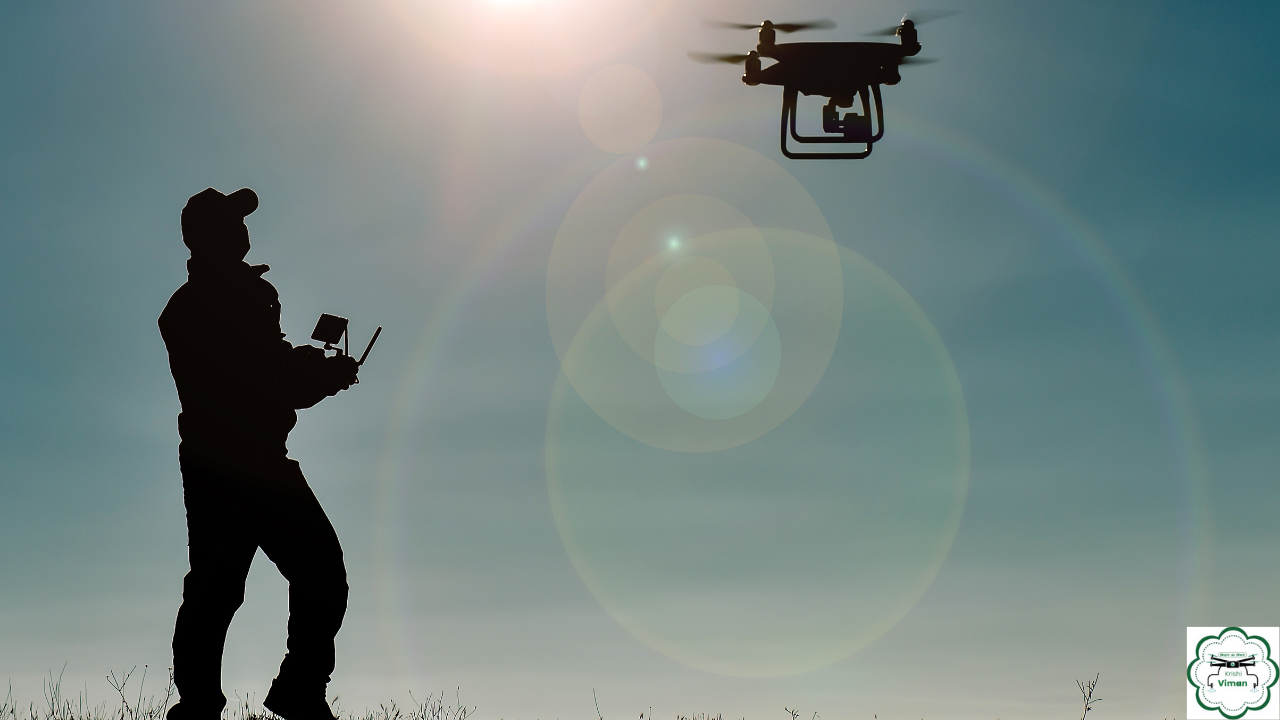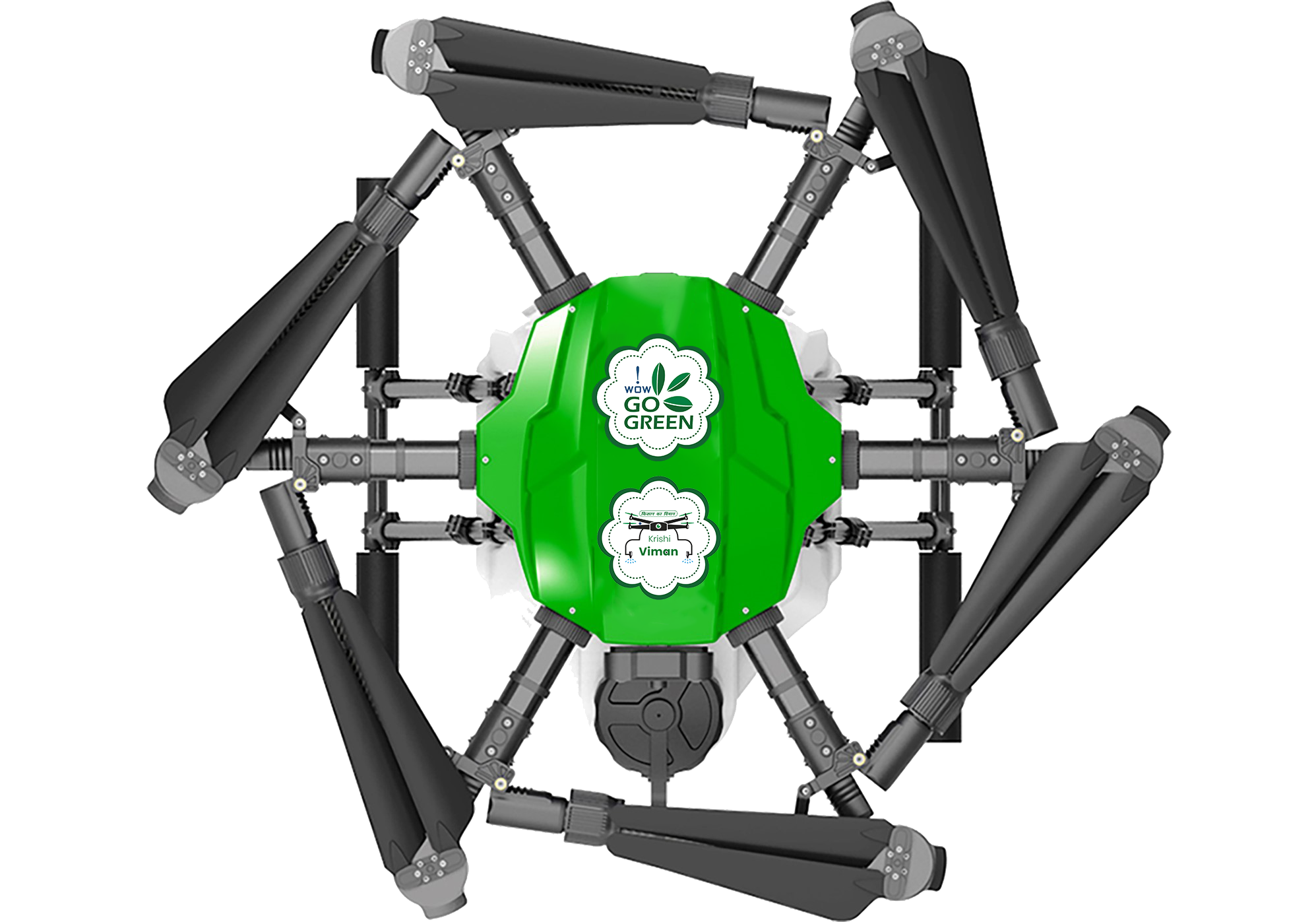Empowering Farmers: Harnessing the Potential of Krishi Viman to Boost Crop Yields in Rural India
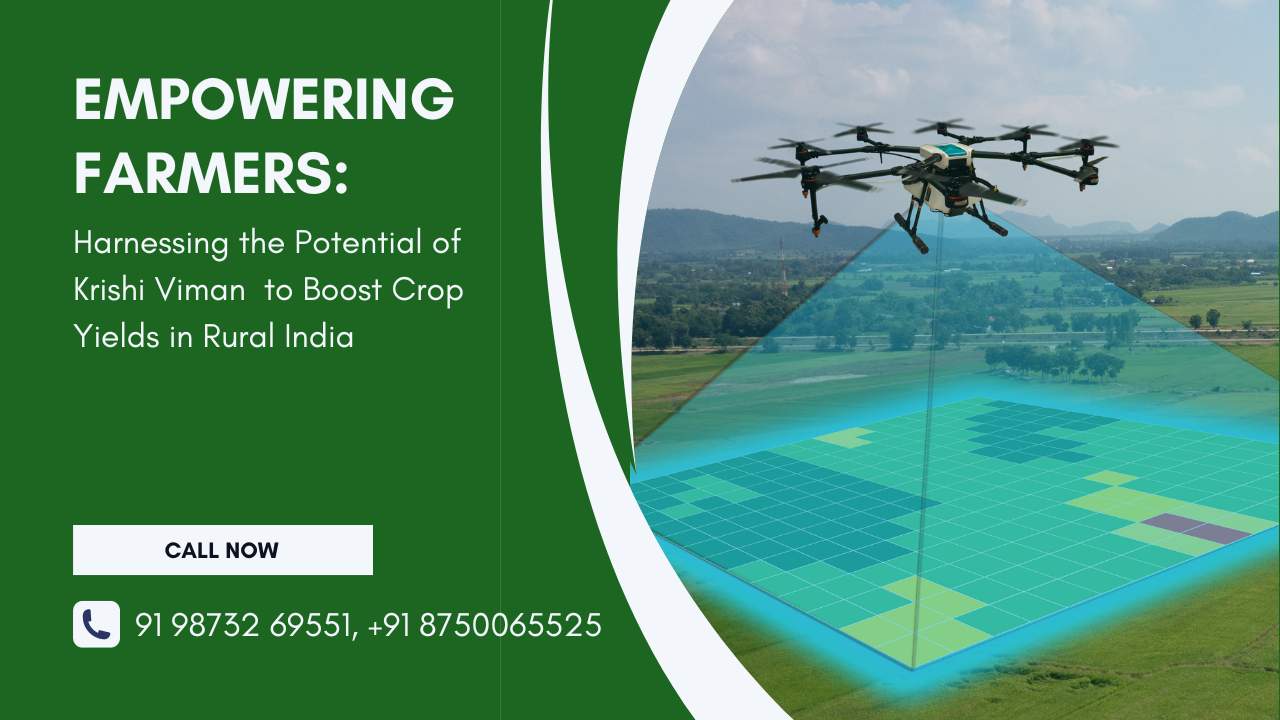
- By: krishiviman /
- 11-03-2024
Krishi Viman, or unmanned aerial vehicles (UAVs), are increasingly being adopted in agriculture to perform a range of tasks that were previously labour-intensive, time-consuming, and often less precise. These include:
Precision Agriculture: Drones equipped with sensors and imaging technologies can monitor crop health, soil quality, and moisture levels. They provide real-time data that helps farmers make informed decisions about water usage, fertilization, and pest control.
Spraying Pesticides and Fertilizers: Drones can spray pesticides and fertilizers over precise areas, reducing the amount of chemicals used and minimizing human exposure to these substances. This method is not only safer but also more cost-effective and environmentally friendly.
Irrigation Management: By assessing vegetation indices and thermal imaging, drones can identify which parts of a field require more or less water, leading to more efficient water use and potentially lowering the costs associated with irrigation.
Planting Seeds: Some drones are equipped to carry out planting. They can shoot seed pods directly into the soil at predetermined locations and depths, significantly speeding up the planting process and reducing labour costs.
Crop Monitoring and Data Collection: Regular drone flights can track crop growth and spot early signs of disease or infestation. This timely information allows farmers to take immediate action to mitigate risks.
Impact on Rural Farmers For rural farmers in India, the benefits of drone technology extend beyond just agricultural productivity:
Reduced Labour Costs: Drones reduce the reliance on manual labour, which is a significant advantage in areas where labour shortages are common.
Increased Crop Yields: Precision agriculture helps in applying the right amount of inputs at the right time and place, leading to better crop yields.
Environmental Benefits: By reducing the usage of water, fertilizers, and pesticides, drones help in minimizing the ecological footprint of farming.
Scalability: Even small-scale farmers can lease drone services, making this technology an accessible tool irrespective of farm size.
Challenges and Solutions
While the advantages are significant, there are several challenges that need addressing to maximize the potential of drones in rural India:
Regulatory Hurdles: Clear and supportive regulations are essential to facilitate the safe and effective use of drones. The Indian government has begun to relax norms, but continuous refinement of policies is necessary.
High Initial Costs: The initial investment in drones can be prohibitive for individual small-scale farmers. Cooperative models or service-based approaches where farmers can hire drone services can be a solution.
Technical Training: Farmers must be trained to interpret drone-collected data effectively. Initiatives by agri-tech start-ups, educational institutions, and government programs are critical to building this capacity.
Infrastructure Issues: Reliable electricity and internet connectivity are prerequisites for the effective use of drone technology. Enhancing rural infrastructure will be crucial in overcoming these barriers.
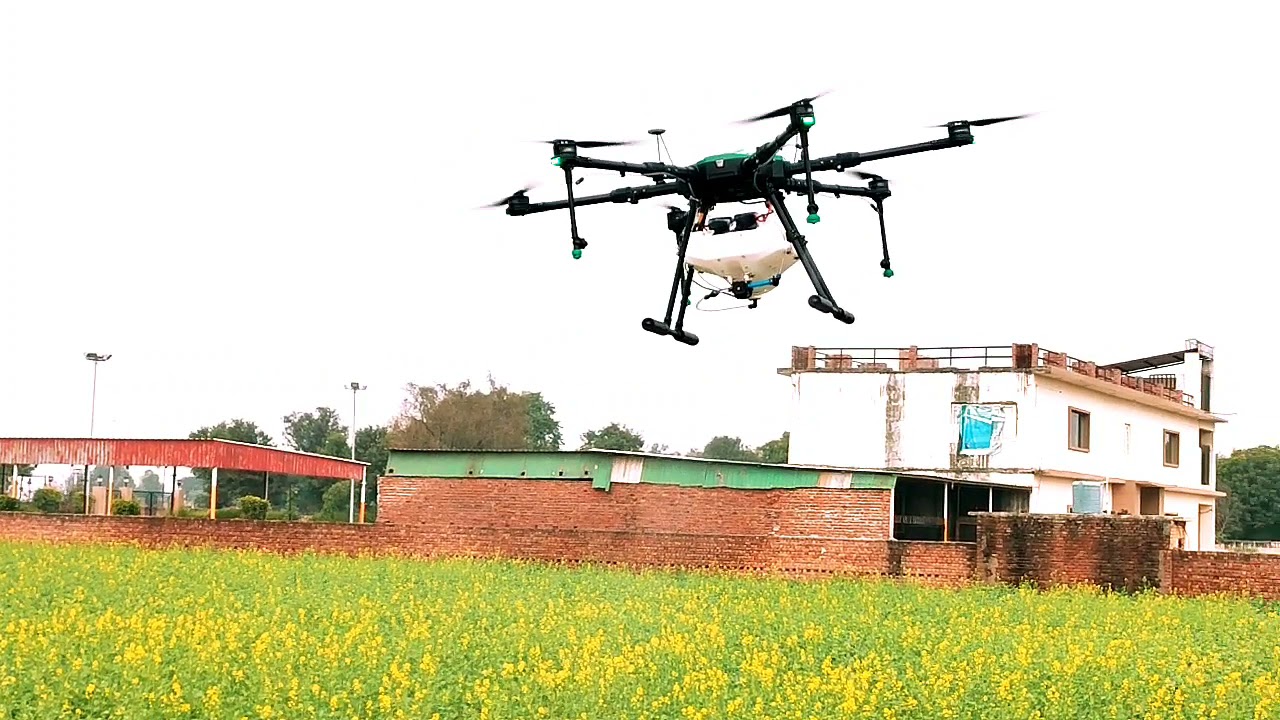
Revolutionizing Indian Agriculture: The Emergence of Drone Technology in Farming Practices
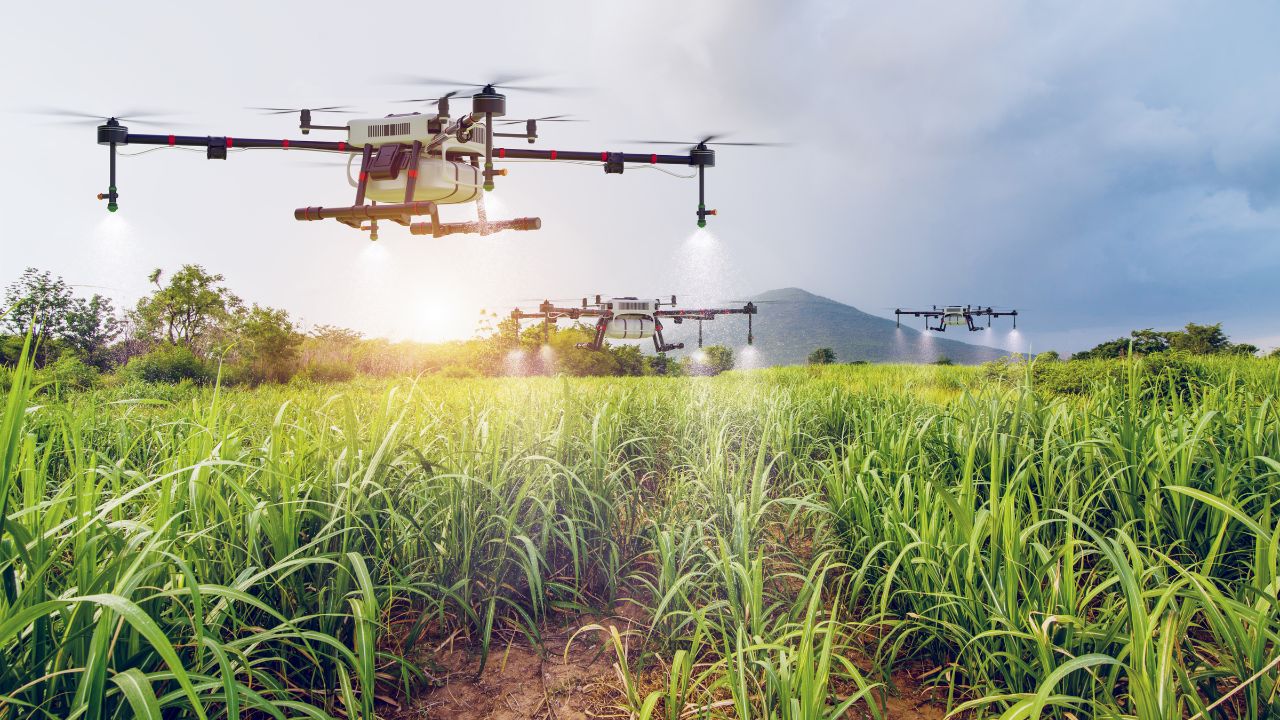
Importance of Drone Technology in Indian Agriculture and Farming Introduction
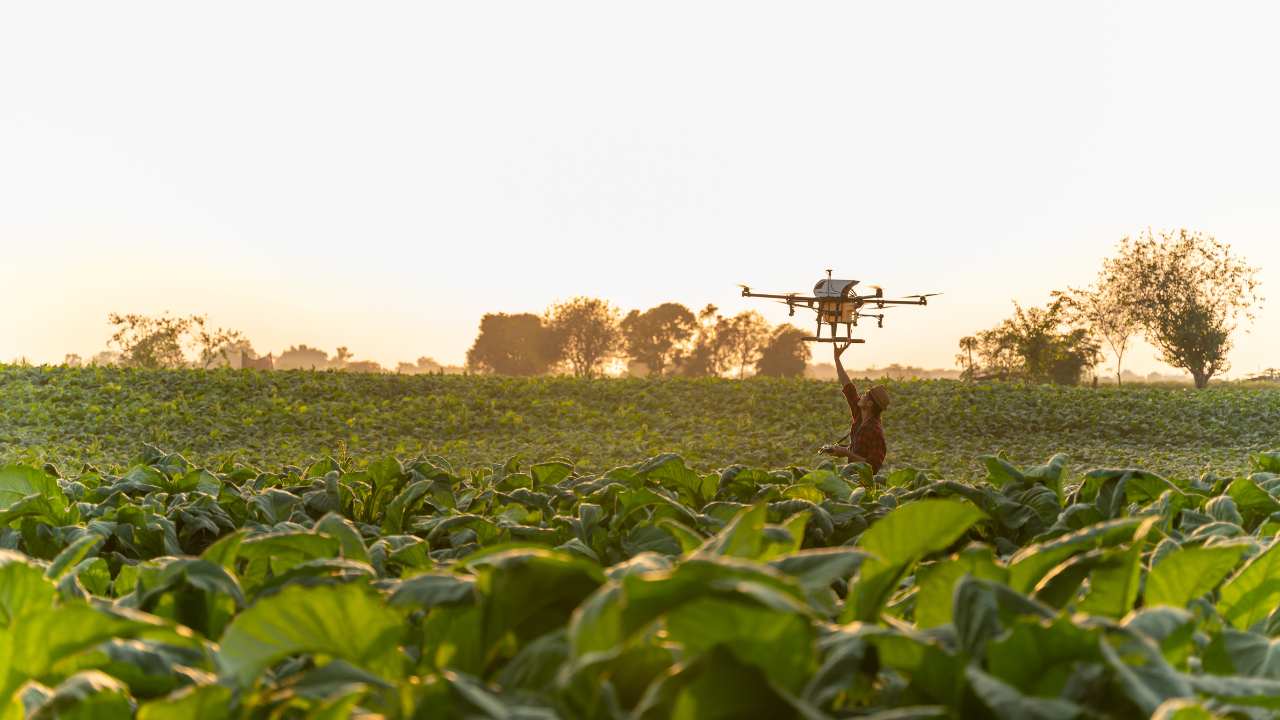
Revolutionizing Indian Agriculture: Krishiviman's Pioneering Drone Technology
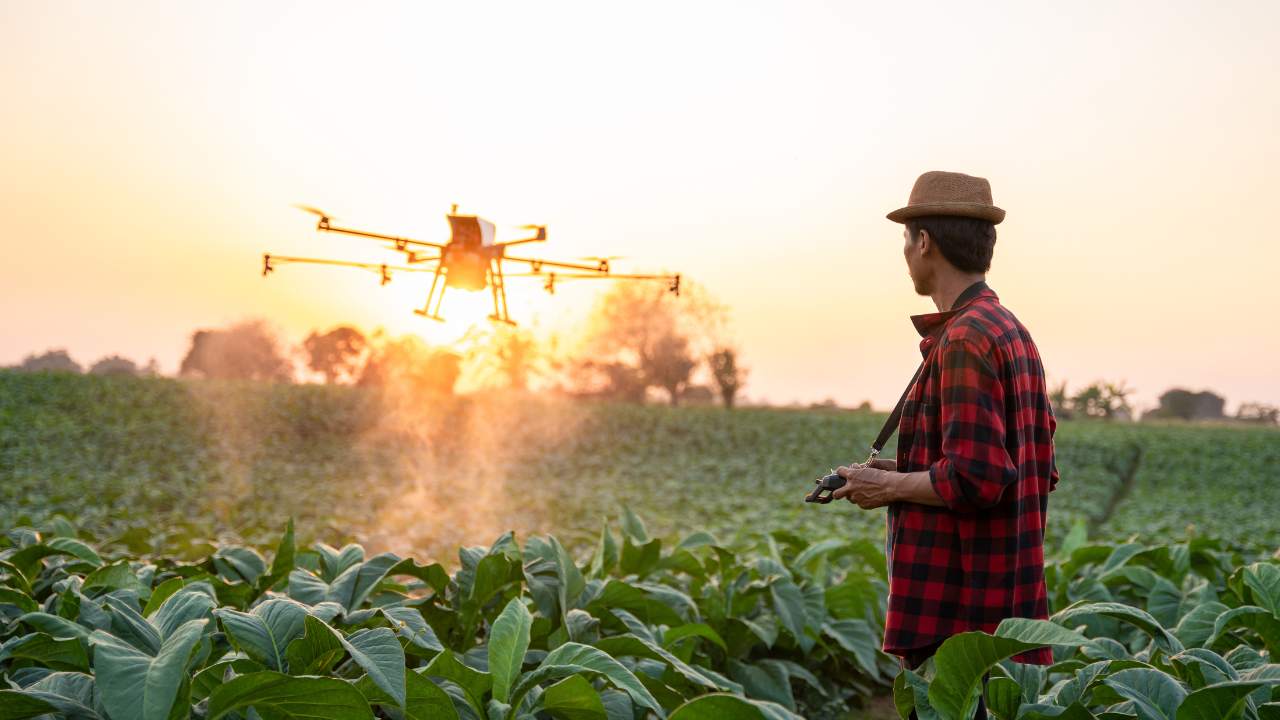
Transforming Farming: How Agricultural Drones are Solving Key Challenges in Agriculture
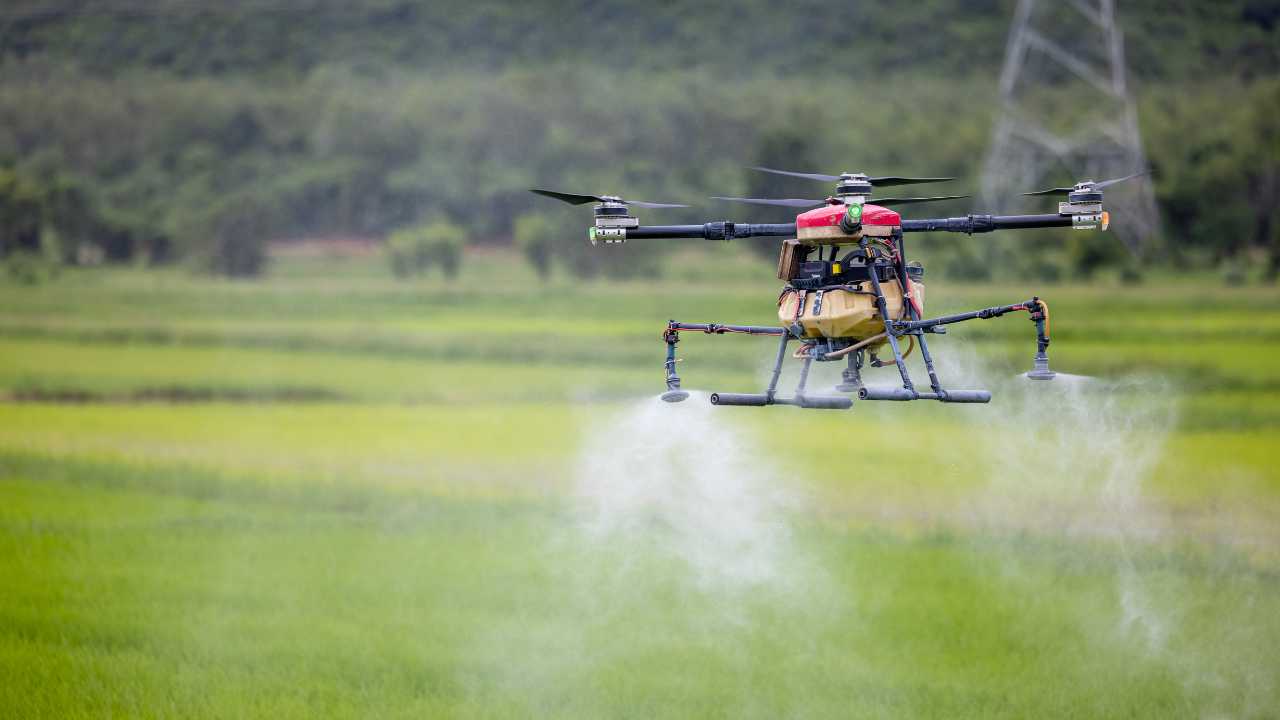
Innovative Uses for Drones in Agriculture
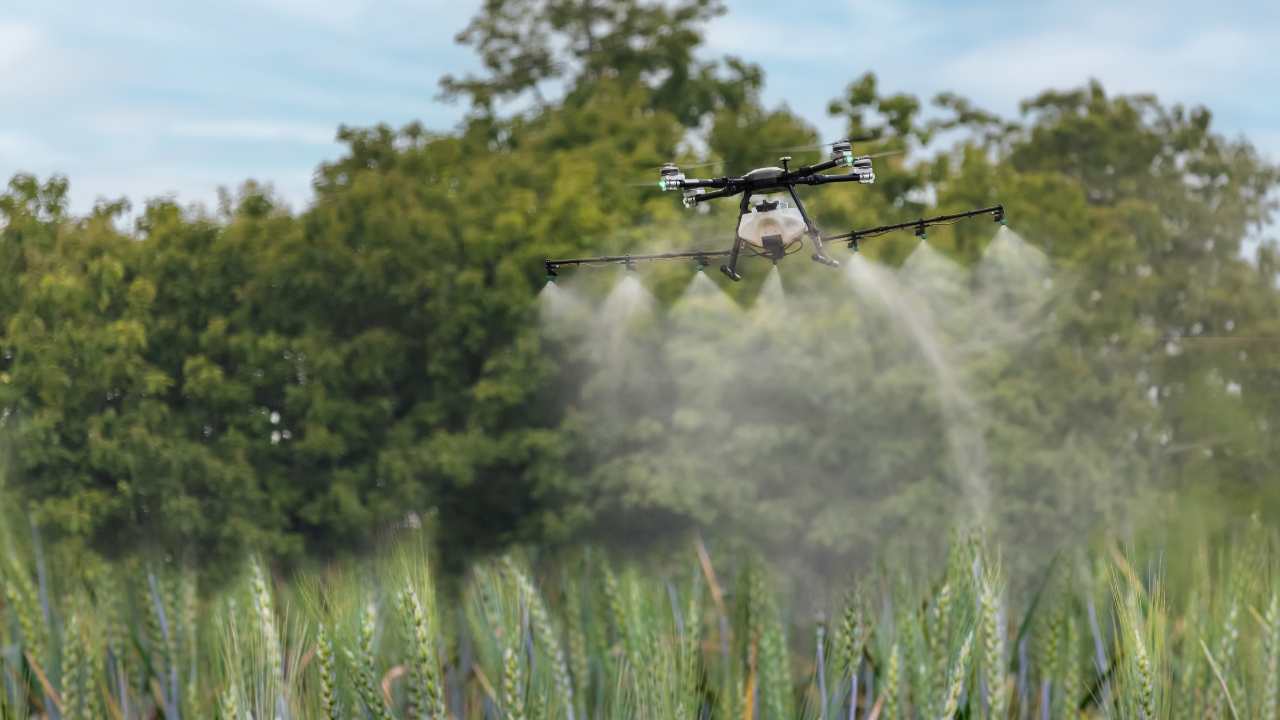
Applications of Drones in Precision Agriculture
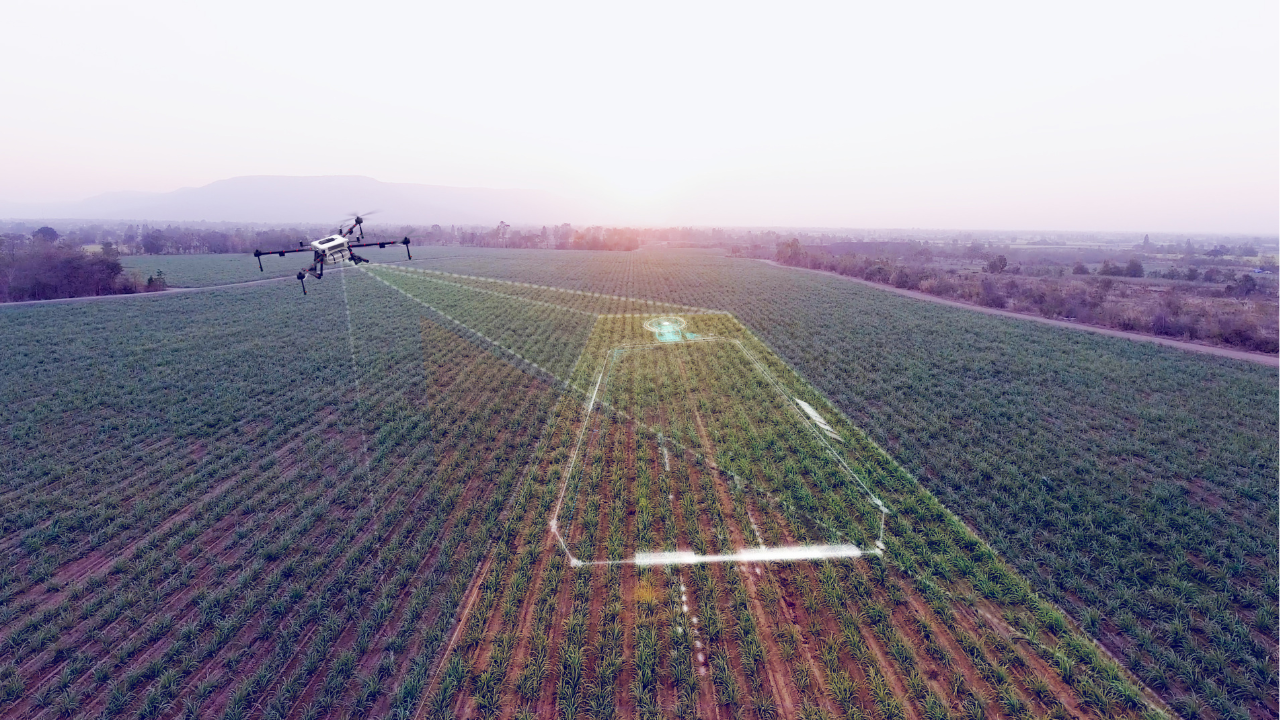
The Transformative Impact of Drones in Indian Agriculture Introduction
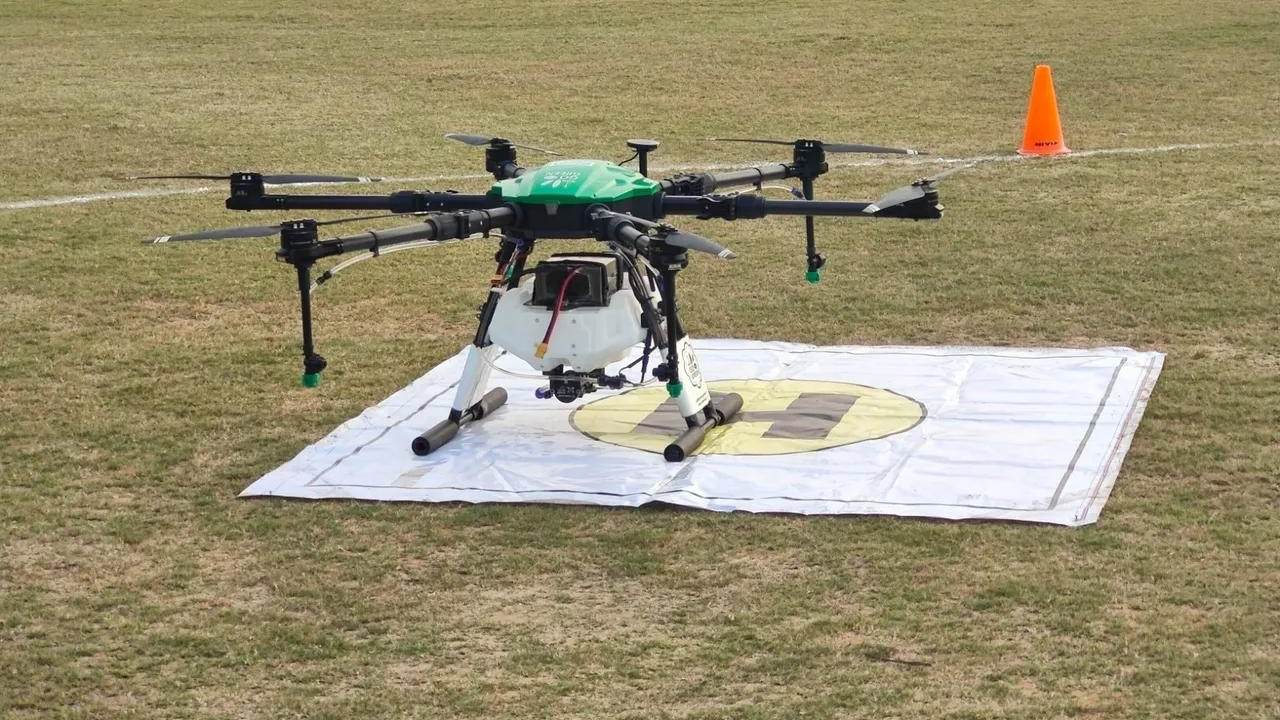
The Revolution of Agriculture Drone Spraying in India: Profitability, Efficiency, and Investment
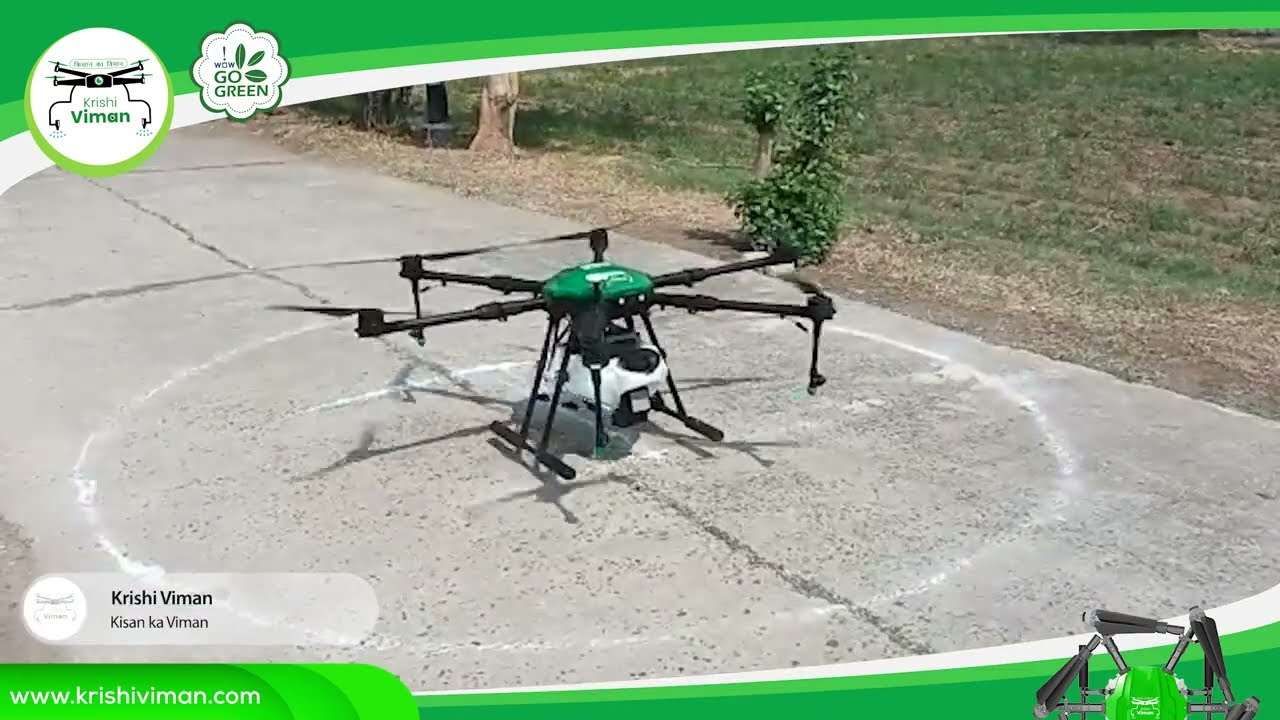
Exploring Cost-Effective Drone Solutions for Indian Agriculture: A Review of Krishiviman.com Offerings
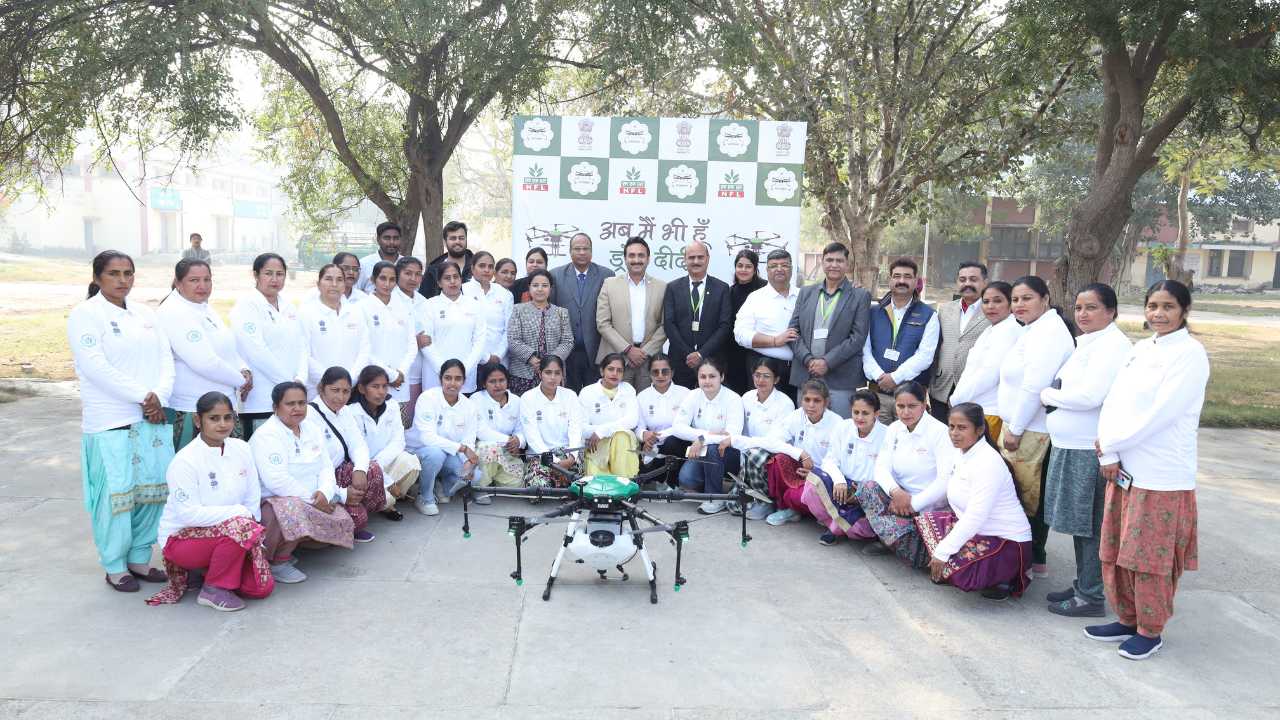
Unleashing Potential: RPTO Drone Training in Indian Agriculture
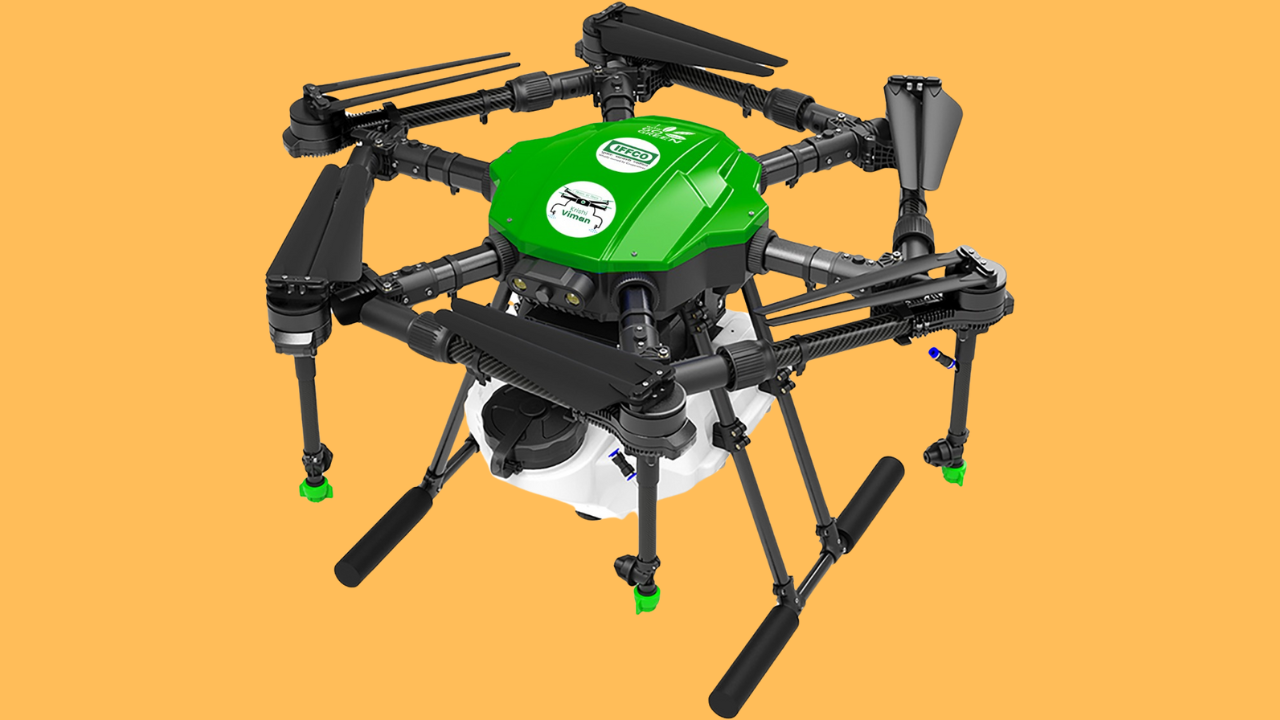
How to Use and Maintain the Agricultural Spraying Drone Battery
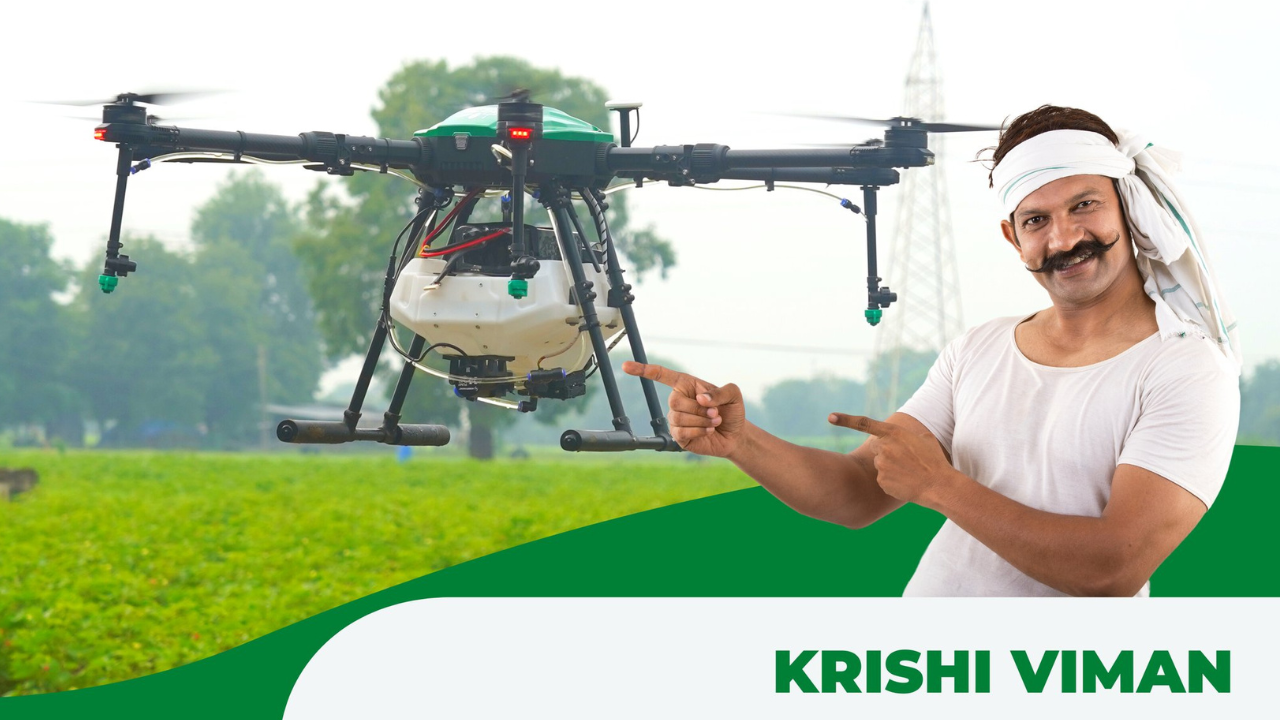
Cost-Benefit Analysis: Is Investing in Agricultural Drones Worth it for Indian Farmers?
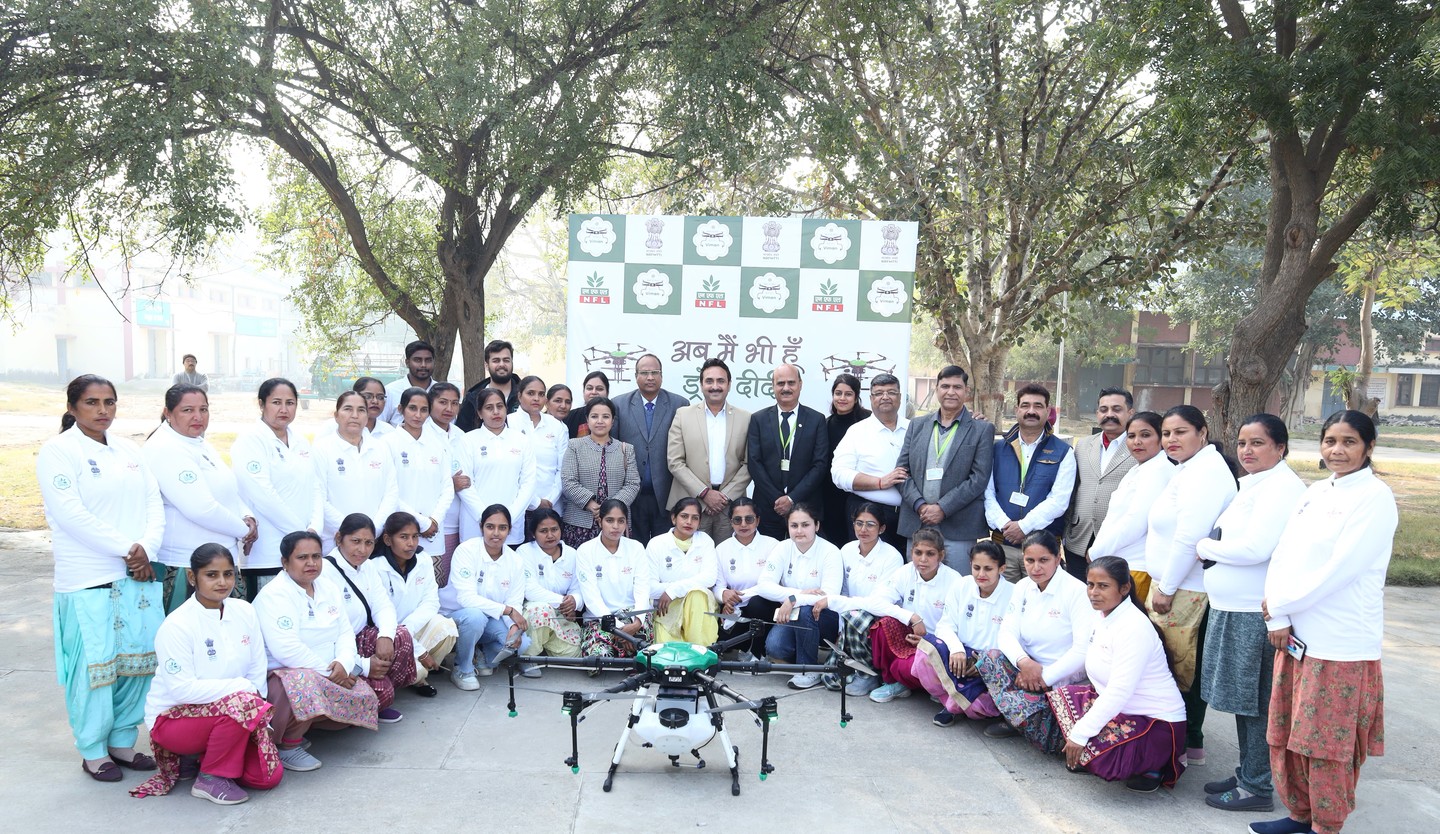
Krishi Viman: Pioneering Women's Empowerment in the Agricultural Drone Segment
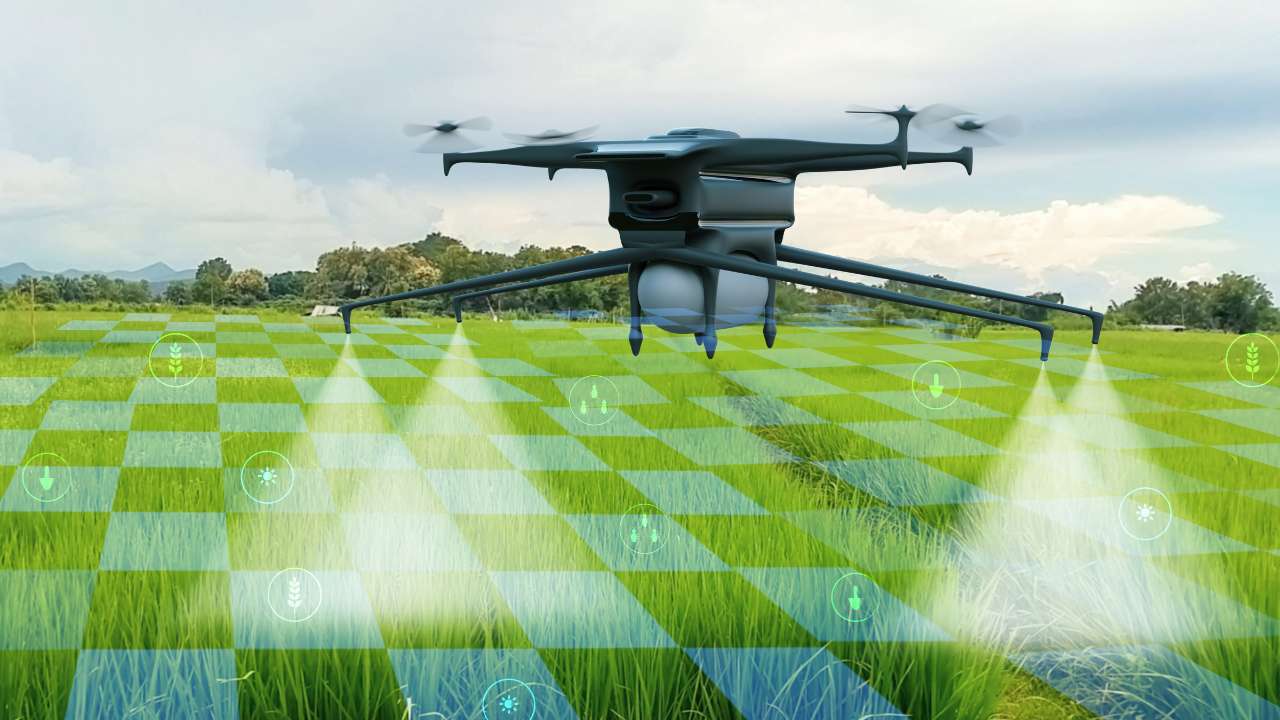
How Krishi Viman are Transforming Indian Agriculture
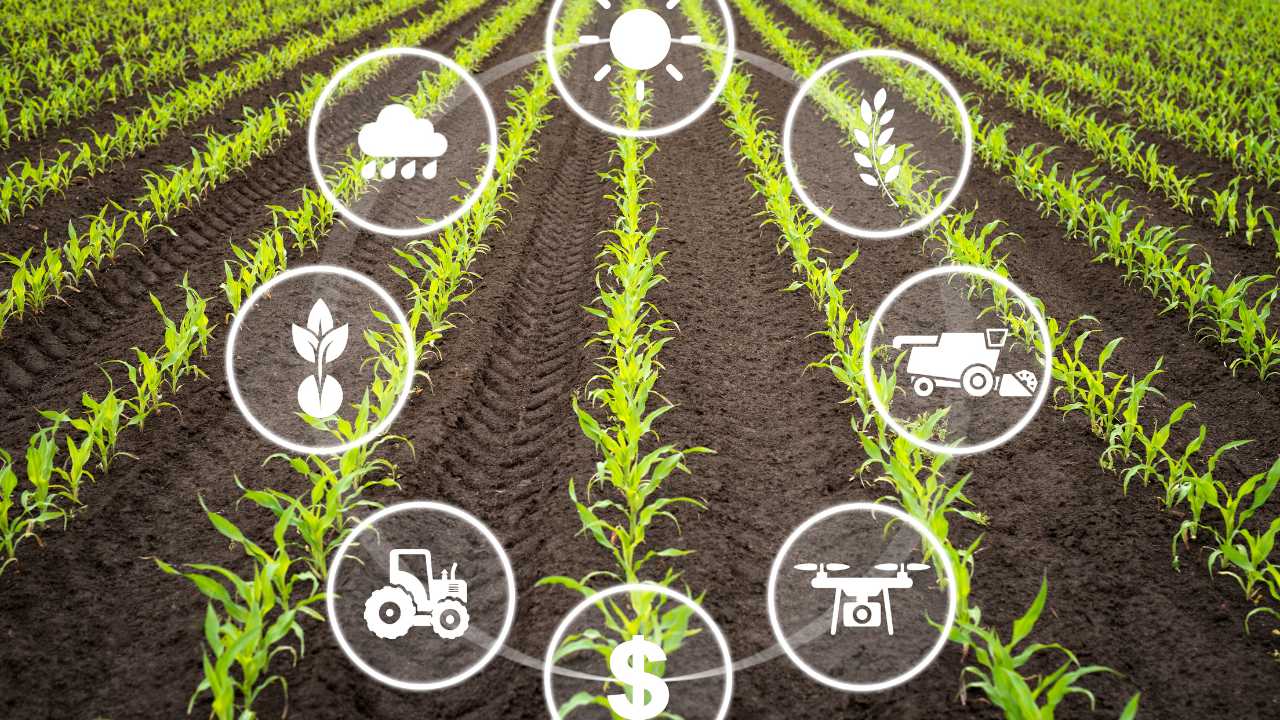
The Future of Flight: What's Next for Agricultural Drones in India?
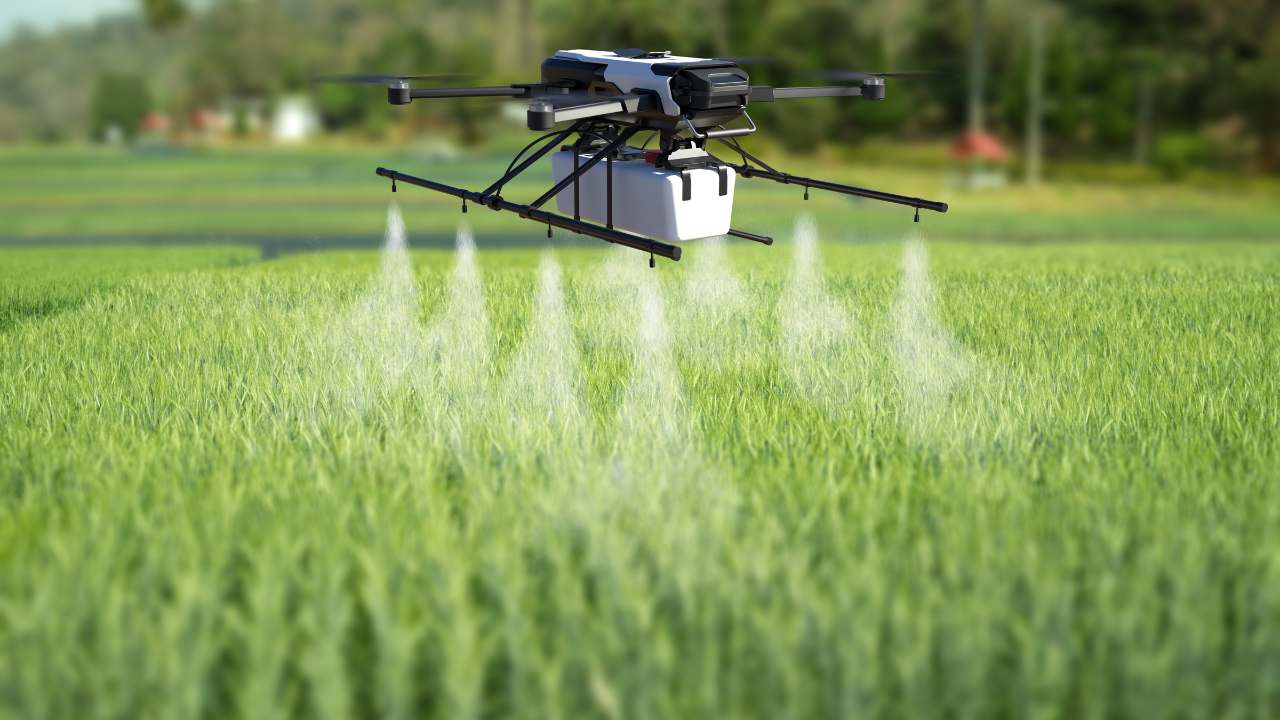
The Potential of Agricultural Drones to Improve Crop Yields and Farmer Livelihoods in India
